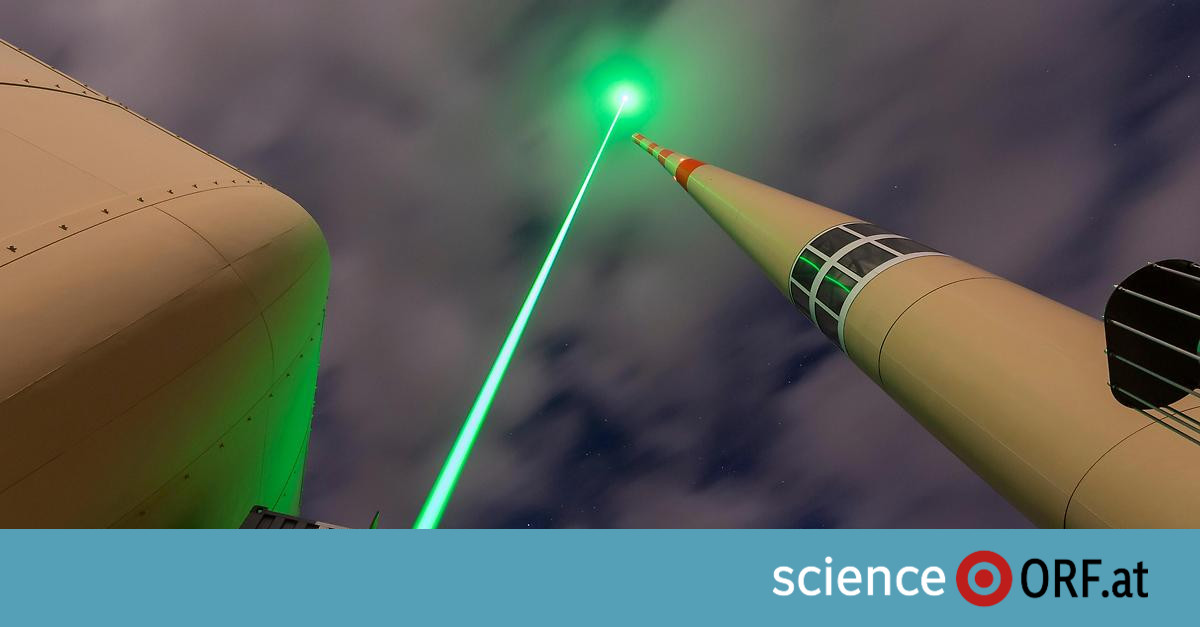The use of lasers for lightning protection has been proposed since 1974. At the end of the 1990s, experts demonstrated the use of lasers to guide lightning in the laboratory. However, overseas attempts in 2004 in the US state of New Mexico and in 2011 in Singapore failed.
near Feldkirch
2021 reported researchersThey want to test a nine-meter lightning cannon on the Swiss mountain Santis. The experiments on the mountain, about 20 kilometers west of Feldkirch / Vorarlberg, with a communication tower more than 120 meters high, were successful, as the team Aurelin Howard Now in Nature Photonics. Writes. The scientists attribute this to the repetition rates of the laser pulses, which are two orders of magnitude higher than in previous experiments. The laser used emitted light with a wavelength of about one micron and a repetition rate of 1,000 Hz.
Popular spot for lightning strikes
The researchers took advantage of the fact that Tower on Säntis Frequently used for lightning measurements in recent years. “This tower, which is struck by lightning about 100 times a year, is equipped with multiple sensors that record lightning current, electromagnetic fields at various distances, X-rays, and radiation sources from lightning discharges,” the study authors wrote. They installed more meters and two high-speed cameras that recorded lightning strikes at up to 24,000 frames per second.
These cameras were located between 1.4 and 5 kilometers from the top of the tower and only provided usable results in good visibility. This was the case for one of the four flashes recorded where the laser was on. Camera images show that the lightning coils around the laser beam for more than 50 meters and then strikes the tower’s lightning rod. The slightly inclined laser beam was directed so that it approached the top of the tower.
The laser creates a channel with a lower air density
Physically, the following is likely to happen: the intense laser pulses heat the air so much that many air molecules escape into cooler surroundings; A type of channel with very low air density, called a filament, is created along the laser beam. In this wick, the air is more conductive than the surrounding area, making it easier to conduct lightning. Comparisons with recorded lightning strikes without a laser show that lightning strikes the tower’s lightning rod more accurately thanks to laser guidance.
“The results of the Säntis test campaign in the summer of 2021 provide virtual evidence that filaments formed from short, intense laser pulses can transmit lightning discharges over long distances,” the study authors concluded. However, these initial results must be confirmed by further test series with new arrangements.

“Certified tv guru. Reader. Professional writer. Avid introvert. Extreme pop culture buff.”







More Stories
Pitch: €56m for energy startup Reverion
Plastoplan: Plastics for Energy Transition
Canon Launches Arizona 1300 Series with FLXflow Technology